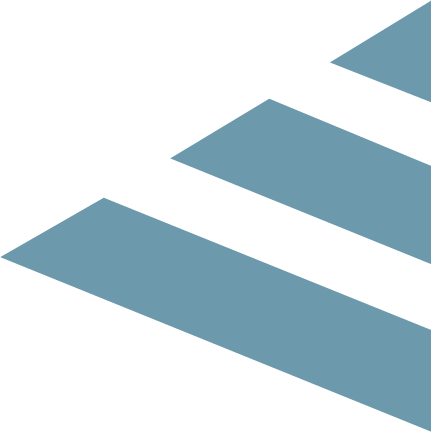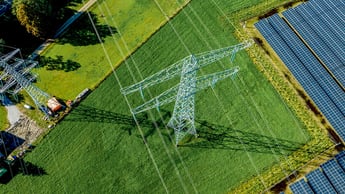The challenge
In April, a request came in to build a platform capable of running Neural Concept (NC) software for DLS workloads. For the first pilot, a critical component of the machine was selected to be modelled with it.
The first goal was straightforward: produce designs that outperformed the current design baseline, and in doing so demonstrate the potential of DLS for design acceleration.
Over a three-month project, we ran two parallel tracks:
- Platform team: building a secure, scalable environment for NC software.
- Engineering team: preparing and training DLS models for the critical component.
This setup allowed us to validate both the technology stack and the engineering value at the same time.
From concept to cloud
The platform team built a GPU-enabled Azure platform, adapting a chosen reference architecture to meet the customer’s stringent security and compliance standards. This included integrating with existing identity and access management, ensuring data isolation between projects, and setting up monitoring for GPU usage and costs.
By the end of the project, the platform was fully validated and ready for future AI-driven design use cases, so new workloads can be onboarded without rebuilding the foundations.
In parallel, the engineering team used NC to produce designs that outperformed the baseline. This confirmed that DLS can help engineers iterate more quickly on design ideas, while still staying aligned with the underlying physics and engineering constraints.
Exploring NVIDIA PhysicsNeMo
The next step was to compare the NC model with other approaches. For this, the team explored NVIDIA PhysicsNeMo, an open-source library for physics-informed neural networks.
Within a week, we extended the platform with NVIDIA GPUs and began experimenting with the DoMiNo model. This allowed us to evaluate another class of surrogate models on the same component and data.
The results were comparable to NC, while offering full access to the source code. A major advantage for future scalability, flexibility and integration with existing toolchains. It also opened the door to more experimentation: adapting network architectures, testing different loss functions, and integrating additional physics constraints where needed.
This initiative marked an important step toward AI-driven design optimization. It showed how cross-functional collaboration between IT, data teams, and engineering can move from idea to working prototype quickly and generate concrete learnings for the next wave of use cases.

Key takeaways
- AI can accelerate design generation; but platform choice matters
A secure, scalable platform with GPUs and proper governance is essential to move from isolated experiments to production-ready workflows.
- Knowledge transfer is as critical as the technology itself
Engineers need to understand how to work with DLS models, interpret their outputs, and combine them with domain expertise.
- Open-source innovation offers transparency, flexibility and speed
Access to source code and model internals makes it easier to tune, extend and integrate AI models for future design challenges.






